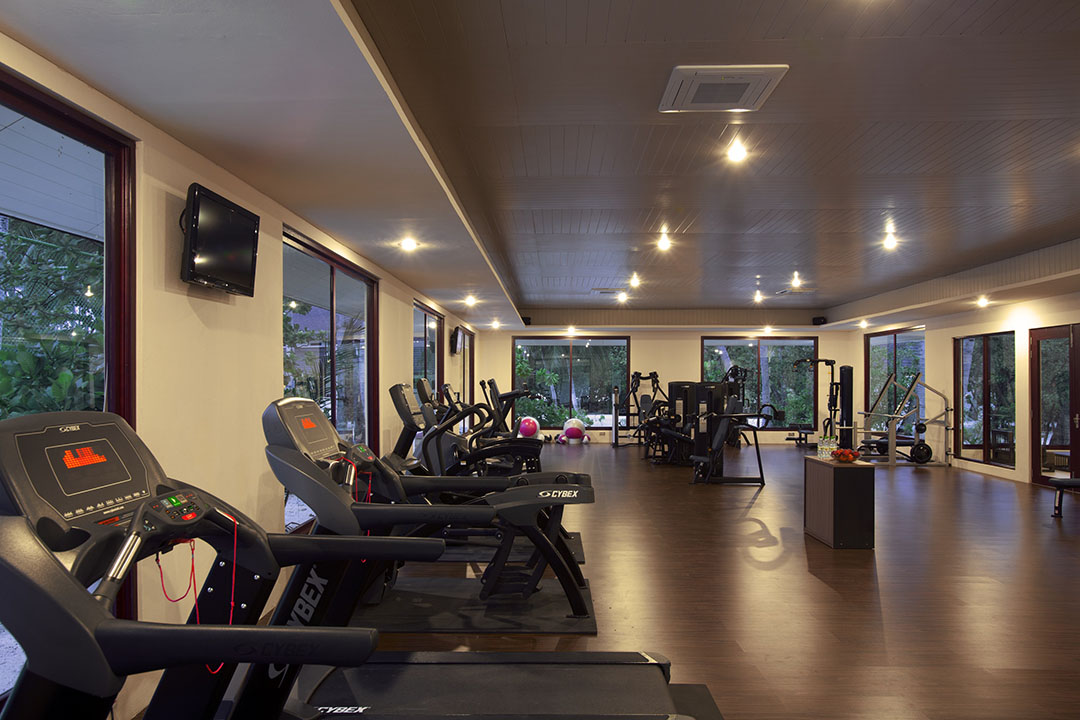“What’s your go-to routine at the gym?”
When asked this question, gym connoisseurs and body builders seem to have one answer: “it has to be the push-pull workout.” This might seem unexpected — many people often think that the best routine is the traditional method, which targets the chest, back, shoulders, arms, and legs on multiple days.
However, is the traditional routine really the best way to lift? While it can be beneficial to organize your gym routine this way, it clearly requires a hefty time commitment. With the semester in full swing, students simply cannot meet that requirement, and this may discourage them from even setting foot in the gym.
The push-pull routine does not share the pitfalls of a traditional workout, and is known as the golden standard in fitness. Simply put, it is a style of training that targets upper body muscles based on whether they are used in pushing or pulling actions. Healthline provides some great examples of push-pull routines.
Here are some common exercises, categorized based on whether they involve pushing or pulling.
In bench press, you are exerting force to push the bar above your chest, so chest exercises like bench press fall under “push.” In the bicep curl, you are pulling the weight to your body, so bicep exercises should be called “pull.” Other muscle groups that can “push” include shoulders and triceps, while other muscle groups that can “pull” include back and forearms.
In a typical push-pull workout cycle, you dedicate one day to a “push” workout, and another day to a “pull” workout. A lower body workout typically follows the “pull” workout, and the cycle is completed by a rest day. With this setup, you can train your entire body for a maximum of two times a week, since one cycle can easily be completed in four days. Compared to a traditional workout, in which a full cycle may not even be completed within a week, the push-pull routine is much more efficient and consumes significantly less time.
Another benefit of the push-pull routine is its superior recovery time compared to a traditional workout. If you follow the push-pull regimen, you will be giving your muscles at least three days to recuperate before you strain them again, whereas with a traditional workout, you may train the same body parts multiple days in a row. This may result in overtraining of certain muscle groups over others, which, if done over a long period of time, could result in muscle imbalance. The push-pull routine eliminates this discrepancy by allowing you to work out both your biceps and your upper back, for example, on the same day.
Consistency and simplicity are both key in fitness endeavours, and it is clear that the push-pull routine checks off both of those boxes. Making it your go-to workout will certainly do wonders for your body in no time.


